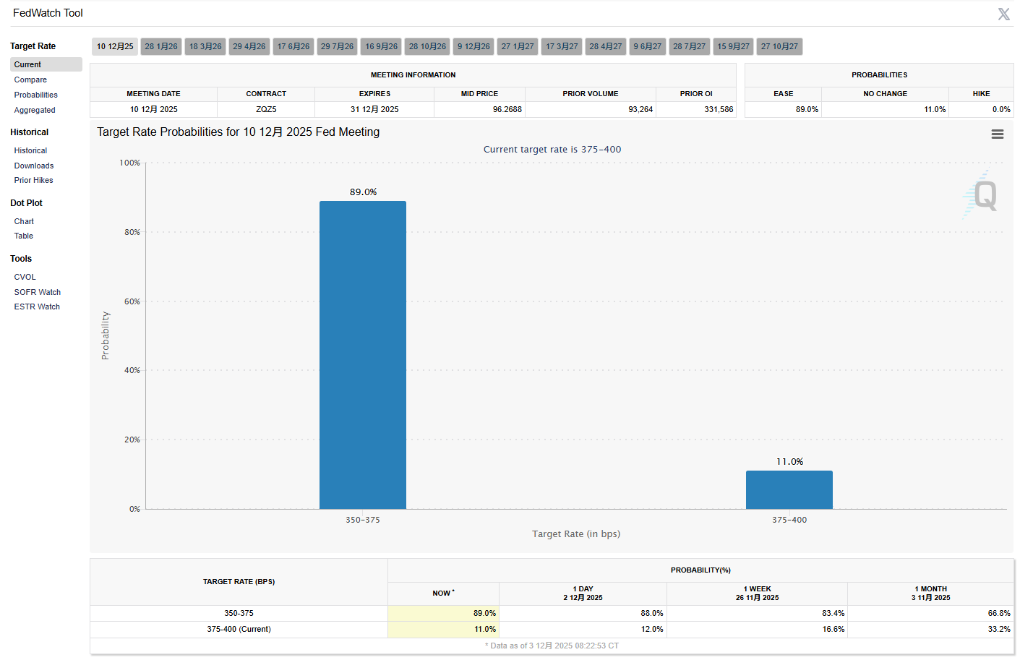Matchain's 2025-2026 Roadmap: How $MAT's Transition to Real-World Utility Is Redefining Blockchain's Value Proposition
- Matchain’s 2025-2026 roadmap transforms $MAT from speculative asset to infrastructure-driven utility token via DeFi, fintech, and identity verification. - Phases include AI-powered tools, DeFi integration, real-world asset (RWA) adoption, and global expansion, aiming to embed $MAT in daily transactions and governance. - This shift aligns with blockchain’s maturation, offering investors a utility-focused token less vulnerable to market cycles and fostering ecosystem growth through increased demand.
Blockchain tokens have long been criticized for their speculative nature, but Matchain's 2025-2026 roadmap signals a paradigm shift. By anchoring $MAT's value in infrastructure-driven utility across DeFi, fintech , and identity verification, the platform is redefining how blockchain tokens derive worth—not from volatility, but from tangible, human-centric applications. For investors, this evolution represents a critical inflection point in the crypto market's maturation.
The Infrastructure Play: From Speculation to Utility
Matchain's four-phase roadmap is a masterclass in token utility engineering. The project's focus on embedding $MAT into real-world systems—from sports events to real estate—demonstrates a strategic understanding of blockchain's limitations and opportunities.
Phase 1: Lighting the Fuse
The introduction of MatchAI, an AI-powered personal assistant, and MatchID, a decentralized identity verification system, lays the groundwork for mass adoption. By enabling ticketless entry to sports events via on-chain identity, Matchain is transforming $MAT into a “key” for physical experiences. This phase also includes fintech app integrations, which could onboard millions of users who previously viewed blockchain as inaccessible.
Phase 2: Utility You Can Touch
Here, Matchain's ambitions crystallize. The launch of a DeFi suite—including stablecoins (mUSD, mEUR), a decentralized exchange, and reputation-based lending—positions $MAT as a bridge between digital assets and traditional finance. The crypto banking card, which allows users to spend digital assets in physical stores, is a direct challenge to legacy financial systems. Meanwhile, the Global Fan Identity Program and tokenized real estate portfolios create new avenues for $MAT to serve as a medium of exchange and governance.
Phase 3: Everyday Habits
By expanding MatchID to entertainment platforms and introducing loyalty tiers in MatchBank, Matchain aims to make $MAT a habitual part of users' lives. The integration of DeFi with real-world assets (RWAs) ensures that token holders benefit from both digital innovation and physical value. This phase's emphasis on reducing friction—users no longer need to engage with blockchain mechanics—mirrors the early days of the internet, where infrastructure became invisible to end-users.
Phase 4: Going Global
Localized events, platform integrations, and top-tier exchange listings will scale Matchain's reach. The platform's existing infrastructure—32 million wallets, 3.3 million daily transactions, and 1.9 million verified identities—provides a robust foundation for this expansion.
Why This Matters for Investors
The broader blockchain industry is shifting from “transaction speed” to “user experience.” Matchain's roadmap aligns with this trend by prioritizing accessibility and practicality. For $MAT, this means transitioning from a speculative asset to a utility token that powers daily interactions.
Investors should note that infrastructure-driven tokens like $MAT are less susceptible to market cycles than speculative assets. The token's role in identity verification, DeFi, and RWAs creates a flywheel effect: increased utility drives demand, which in turn strengthens the ecosystem's value.
Strategic Risks and Opportunities
While Matchain's roadmap is ambitious, execution risks remain. Regulatory scrutiny of DeFi and cross-border identity systems could delay milestones. However, the platform's focus on partnerships with sports leagues and entertainment platforms provides a buffer against these challenges.
For long-term investors, the key metric to watch is the rate of $MAT's adoption in physical-world use cases. The token's transition from speculative to utility-driven will likely be reflected in its on-chain activity and transaction volume.
Final Takeaway
Matchain's 2025-2026 roadmap is more than a technical roadmap—it's a blueprint for blockchain's next phase. By embedding $MAT into the infrastructure of daily life, the project is addressing one of crypto's most persistent challenges: relevance. For investors, this represents an opportunity to back a token that is not just a store of value, but a catalyst for systemic change.
As the lines between digital and physical economies blur, tokens like $MAT will define the new standard of value. Those who recognize this shift early may find themselves positioned at the forefront of a blockchain renaissance.
Disclaimer: The content of this article solely reflects the author's opinion and does not represent the platform in any capacity. This article is not intended to serve as a reference for making investment decisions.
You may also like
ADP employment data "unexpectedly weak", is a Federal Reserve rate cut imminent?

Glassnode Report: Current Structure Strikingly Similar to Pre-Crash 2022, Beware of a Key Range!

Coinglass report interprets Bitcoin's "life-or-death line": 96K becomes the battleground between bulls and bears—Is the ETF capital withdrawal an opportunity or a trap?
Bitcoin's price remains stable above the real market mean, but the market structure is similar to Q1 2022, with 25% of supply currently at a loss. The key support range is between $96.1K and $106K; breaking below this range will increase downside risk. ETF capital flows are negative, demand in both spot and derivatives markets is weakening, and volatility in the options market is underestimated. Summary generated by Mars AI. The accuracy and completeness of this summary are still being iteratively updated by the Mars AI model.

